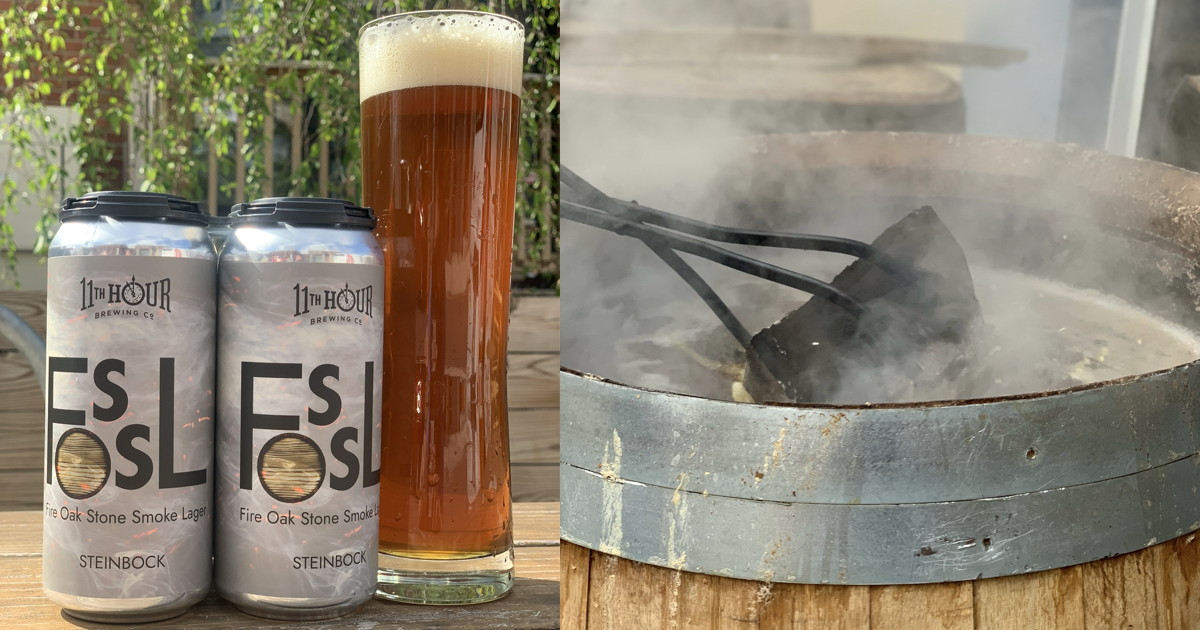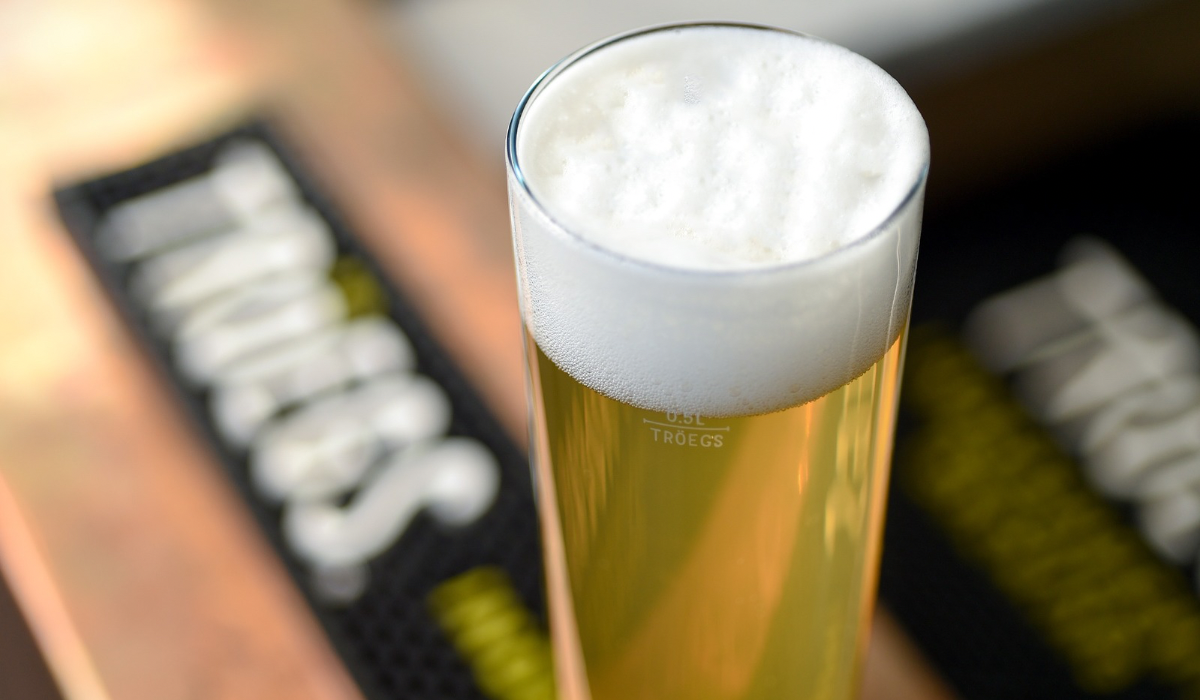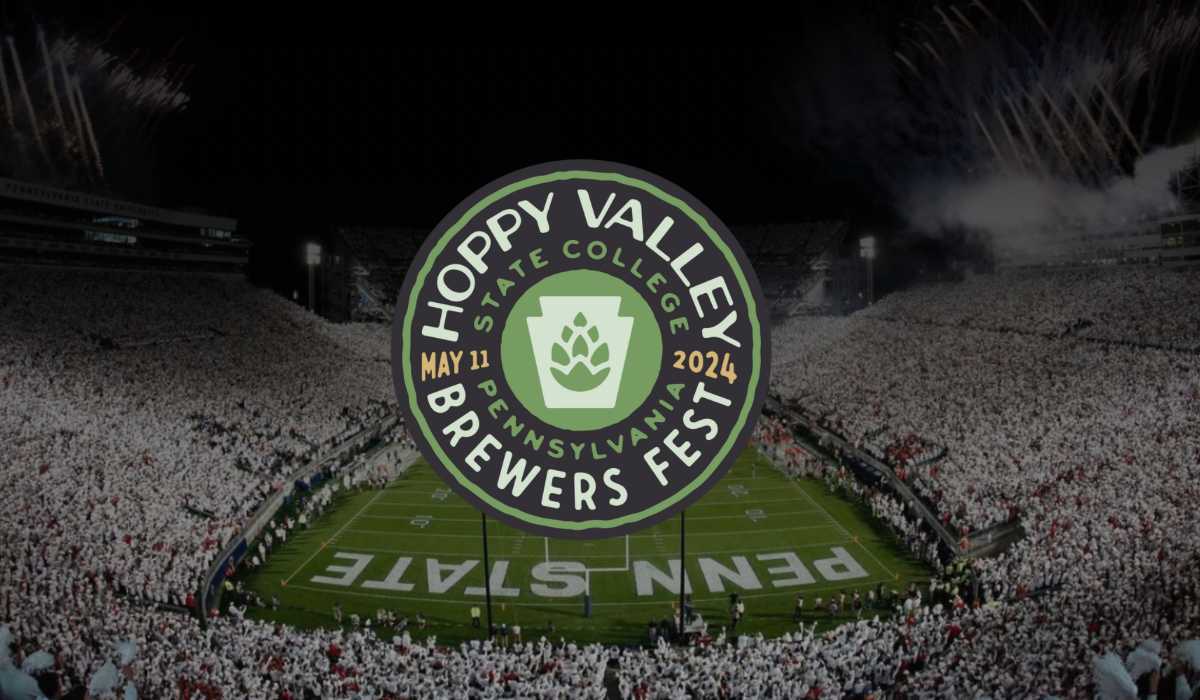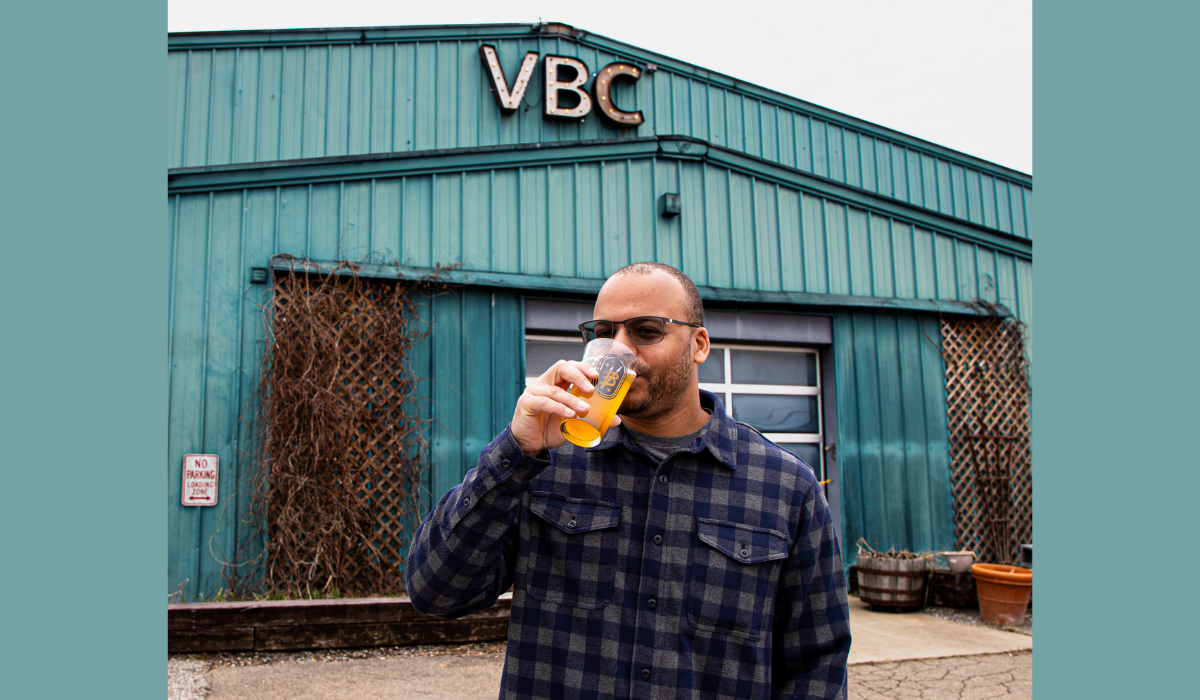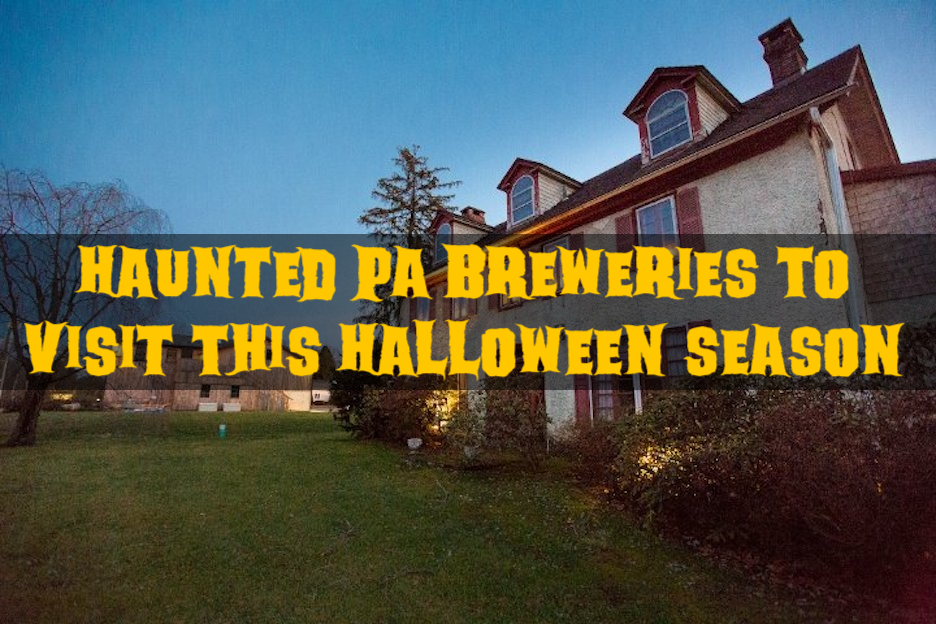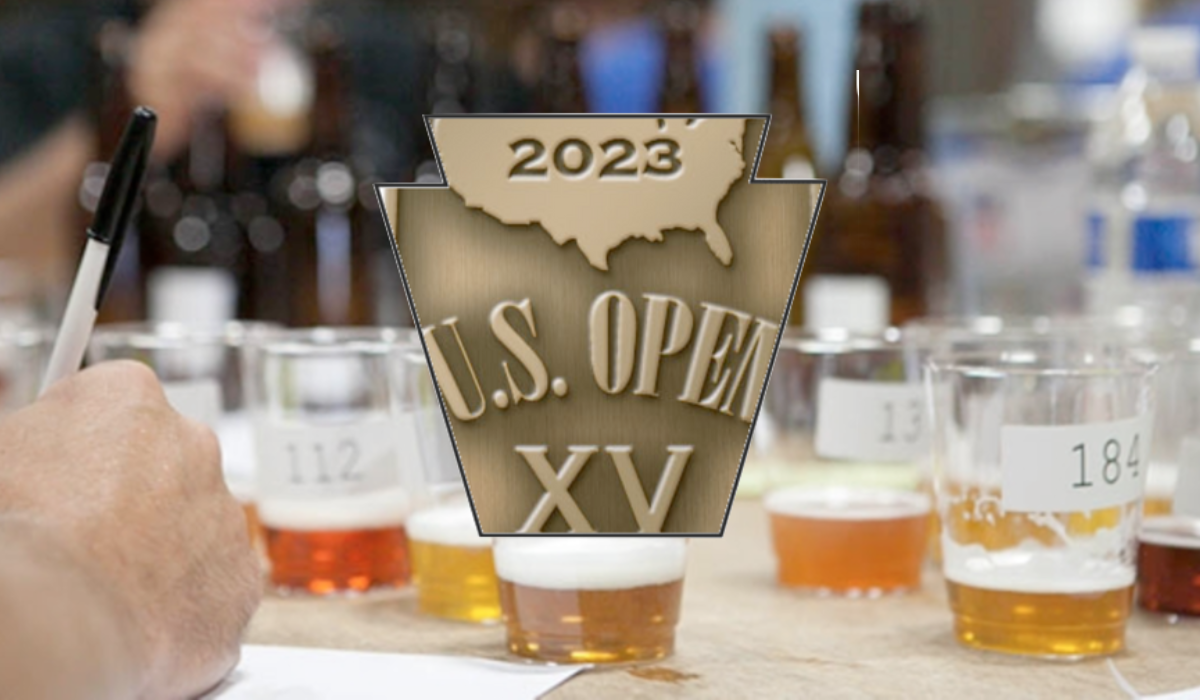Eleventh Hour Brewing made its first-ever Steinbock beer last April.
Back then, we briefly touched on the style, but being that it is the #YearOfTheLager, we wanted to dive further into it and the process behind making a traditional Steinbock. We spoke with co-owner Matt McMahon of Eleventh Hour to find out how they brewed the second version of this beer.
What is a Steinbock?
Matt: A Steinbock is a beer made from a traditional method of heating the brewing wort by using extremely hot stones as the heat source.
The kettles were made of wood and the stones were typically heated over an open fire, with the resulting liquid having complex layers of smoke, oak, toffee, and leather. This traditional style went by the wayside with advances in technology, so now they are created as a specialty beer by smaller breweries.
For us, it was a fun way to call back to the roots of the brewing industry and allow others to try a beer that could have been made hundreds of years ago.
What inspired you to start making this style?
Matt: We were inspired to do this by a couple of breweries from Asheville. Two of our favorites from that area, Zillacoah, and Fonta Flora combined to make one a few years ago. We were lucky enough to secure a few cans and after drinking that beer, we were inspired to try our hand at the style. It was the height of COVID and a second lockdown was looming so we decided to do something a bit different.






What did you learn by making your first one last year?
Matt: We initially brewed the beer in late October of 2020, and then lagered it in our cellar for 4 months. As for lessons learned, we needed to stoke the fire earlier and prepare for transfer much better. We were also able to learn from last year by getting our stones well in advance and trying to utilize larger granite stones – they hold the heat better and tend to splinter less.
Can you go into detail about the process, and explain the lagering method used?
Matt: For the brewing process, we start with our Maibock and go through a standard brew. At the same time, we get a nice fire rolling with staves from some of our older barrels that have been broken down.
Once that fire is ripping we add the granite stones to the fire, filling a large firepit with upwards of 30 stones. On the brewhouse side, once the wort is transferred to the kettle, we steal enough to fill 3 upright barrels which we use as our brew kettles. These barrels were both ex-Red Wine and Ex-Bourbon barrels that we had previously aged a stout in.
We tore the heads off the barrels and fit them each with a sanitary tri-clamp fitting and a valve. This fitting is where we transfer the wort into the kettles and back out. Once the wort was into the barrels we started to add the stones, which at this point are upwards of 500 degrees or more. Once added they allow the wort to come to a rolling boil which we continue for 90 minutes.
Once the boil is complete, we knockout (cool down the wort) and transfer to a stainless fermenter. After fermentation is complete, we then transfer the beer to our barrels for lagering. Last year we purchased brand new neutral Appalachian oak barrels specifically for this beer. They are lightly toasted and impart hints of vanilla and oak. These have become our Steinbock barrels and we will continue to use them each year. The beer then lagers for 4 months before we pull it out and package it. This will typically be released along with our Maibock so it’s very interesting to do a side-by-side comparison between the two beers.
What was brew day like with this process?
Matt: The brew day this year was a lot less chaotic, but still a ton of fun. While the mundane aspects of the regular brew day are going on inside, we rotated outside to sit by the fire, drink a Hamm’s or three, and marvel at the brewing process that used to be. It’s always interesting to try and do something without a lot of the necessities we have on a day-to-day basis.
The majority of this project was just to “see if we could do it”. We have done so, and the major bonus is that it turned out really well. We are excited about this year’s version and can’t wait to have folks give it a try.
Thanks to Matt for educating us on the Steinbock style. Eleventh Hour’s next version of their FOSSL Steinbock is currently lagering away in barrels, and we are excited to try it when it’s ready. Make sure to grab some once released!




